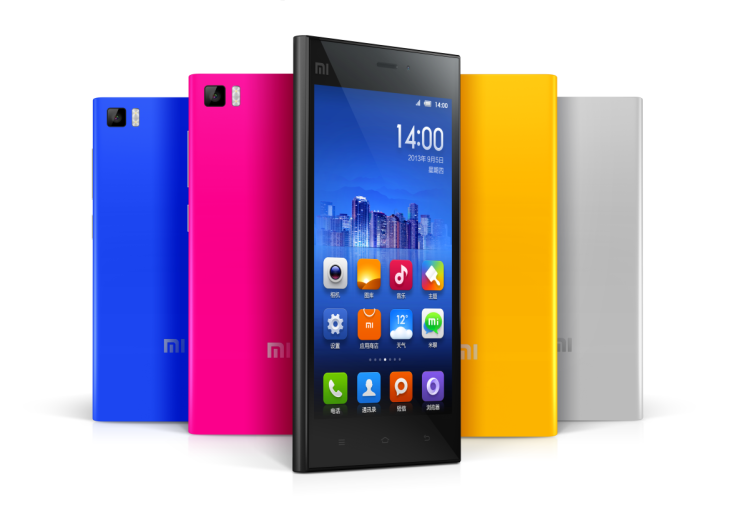Nearly every American is familiar with Apple, the crown jewel of technology firms, but it’s just as likely they’ve never heard of a company dubbed the “Apple of China”: Xiaomi.
On the surface, the two companies have opposing strategies; Apple products sell for a premium at industry-leading margins, while Xiaomi targets budget-conscious consumers by charging little more than their production costs.
But they have more commonalities than they do differentiators; both sell a lifestyle as much as they sell consumer electronics. Xiaomi has strategically skipped over the U.S. in its march through the world’s most populous nations — moving from India (number two) to Indonesia (number four), after conquering China (number one). But there’s little doubt that one day a more mature Xiaomi will circle back to the lucrative U.S. market.
Thanks to ongoing, fundamental changes currently underway in the domestic wireless landscape, Xiaomi’s eventual arrival will probably be well-received.
Goodbye to contracts
Since the beginning of U.S. cellphone sales, Americans have had a skewed perspective on the true costs of mobile hardware, thanks to a status quo in which wireless network operators offer large handset subsidies in exchange for multi-year contracts. And U.S. tech press does nothing to dissuade these perceptions, almost always reporting carrier-subsidized pricing instead of true, unlocked sticker prices.
But times are changing. T-Mobile led the way, and Verizon recently followed suit, introducing a new model that sees handsets sold at full price, albeit broken into payments and rolled into monthly invoices. Still, the sticker shock is bound to be severe for folks who, accustomed to paying no more than $200 for a phone, are now asked for double, triple, or even more.
This disentanglement of hardware and service pricing plays perfectly into Xiaomi’s strategy — the company loads up handsets with the same high-end components as its pricier competitors, but severely undercuts them at the register. Subsidies have long dampened the effect that pricing plays in the U.S. wireless market, but with their demise, opportunities will tend to arise for whomever is willing to tolerate the lowest margins. And that could well be Xiaomi.
A cultural divide
If perceived lack of demand was all that was keeping the Chinese unicorn (current valuation: north of $45 billion) from penetrating the U.S. marketplace, it would have arrived long ago, because non-subsidized, prepaid options have been growing in popularity for years now. So something else must be keeping Xiaomi out of our pockets, our entertainment centers, and yes, even our refrigerators.
(Besides smartphones, Xiaomi has quickly expanded to a slew of home entertainment and connected IoT products, from TVs to health bands to air and water purifiers.)
So what else is delaying an eventual influx of Mi-branded products? A lot of it comes down to simple economics: whereas Xiaomi has built up a sizable infrastructure and partner network in Asia over the last several years, its assets in the Western hemisphere are restricted to a single South American nation (Brazil) and a few U.S.distribution channels for its Mi Band wearable. In other words, many of the factors that allowed it to drive down costs at home and among neighboring markets abroad are lost when it comes to large-scale ambitions halfway around the world.
Of course, much of that can be overcome, if the will to do so is strong enough. It seems, then, that the major impediment is at the same time more subtle but also deeper-seated: a cultural divide that places a higher value on intellectual property in the West, as well as a wariness with regard to Chinese brands, in particular, that entrants like Huawei are all too familiar with. Overcoming these intangibles is no small task, even for a company able to throw a lot of money at its problems.
The good news for Xiaomi is that regional brands like Samsung and LG have already found a great deal of success in the U.S., and fellow domestic manufacturers — Huawei, ZTE, and even OnePlus — are making significant inroads in building trust for Chinese-designed and -made electronics. Armed with discount pricing and a cute bunny mascot, Xiaomi seems poised to make an eventually huge impact Stateside — though that rabbit may find a more receptive audience if it sports a Yankees cap, instead.

VentureBeat's mission is to be a digital town square for technical decision-makers to gain knowledge about transformative enterprise technology and transact. Learn More

